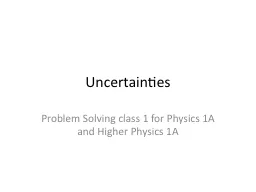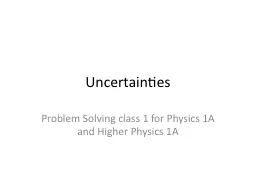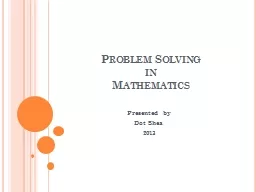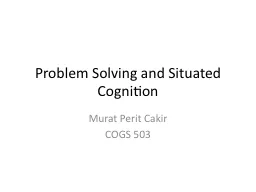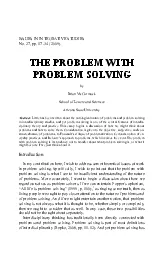PPT-Uncertainties Problem Solving class 1 for Physics 1A and Higher Physics 1A
Author : alexa-scheidler | Published Date : 2018-03-23
What are problem solving classes These form a bridge between lecture material labs and the exam In some problem solving classes you will be introduced to material
Presentation Embed Code
Download Presentation
Download Presentation The PPT/PDF document "Uncertainties Problem Solving class 1 fo..." is the property of its rightful owner. Permission is granted to download and print the materials on this website for personal, non-commercial use only, and to display it on your personal computer provided you do not modify the materials and that you retain all copyright notices contained in the materials. By downloading content from our website, you accept the terms of this agreement.
Uncertainties Problem Solving class 1 for Physics 1A and Higher Physics 1A: Transcript
Download Rules Of Document
"Uncertainties Problem Solving class 1 for Physics 1A and Higher Physics 1A"The content belongs to its owner. You may download and print it for personal use, without modification, and keep all copyright notices. By downloading, you agree to these terms.
Related Documents

